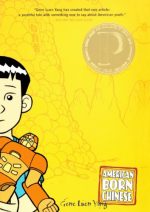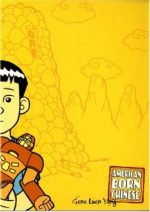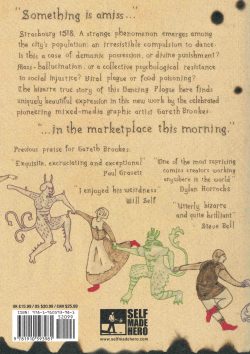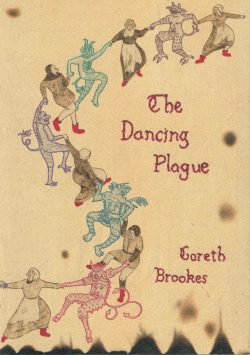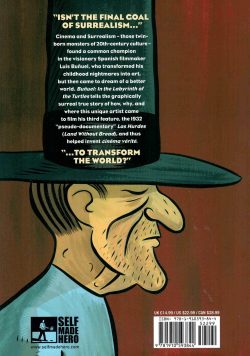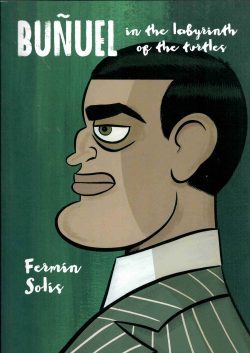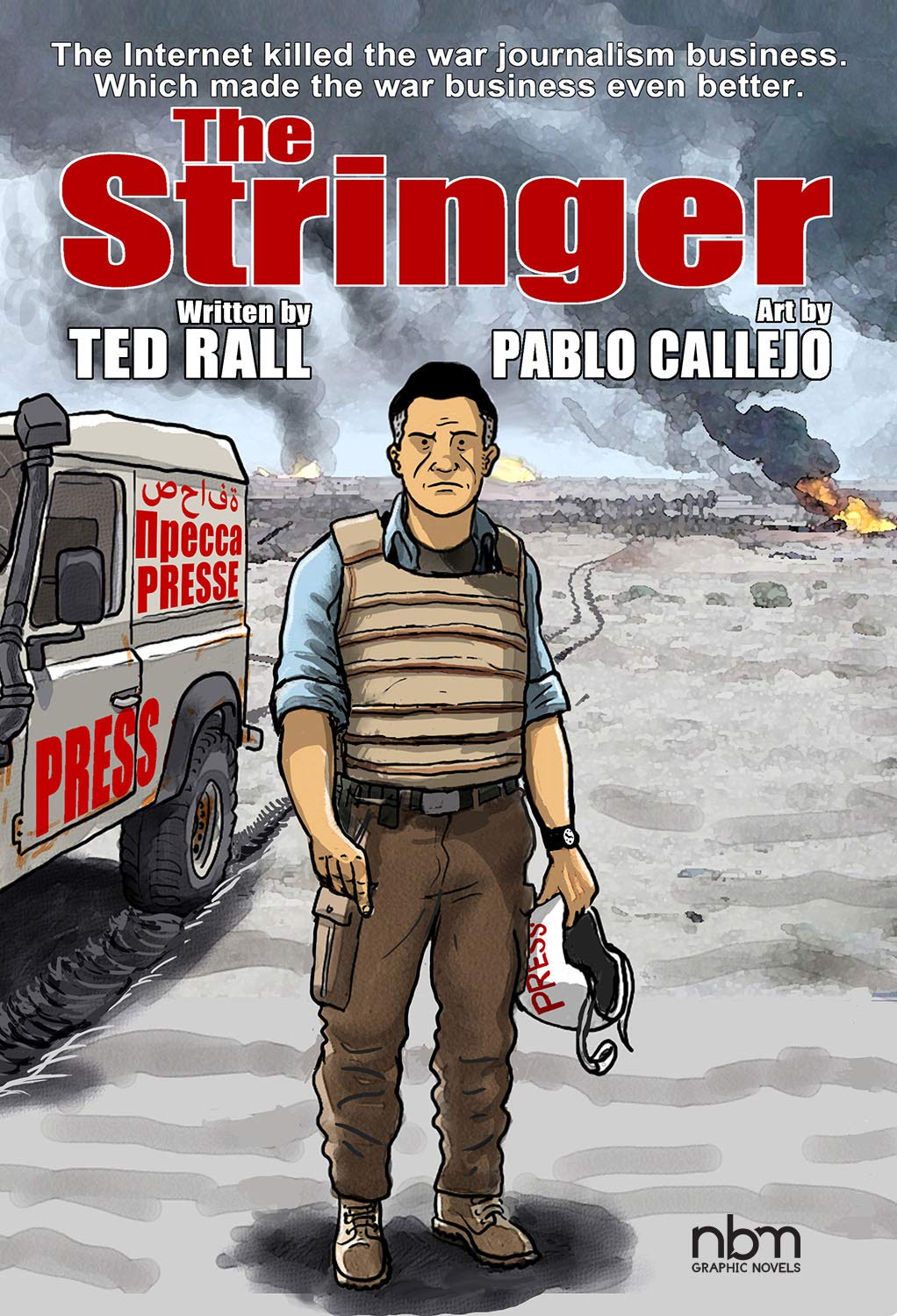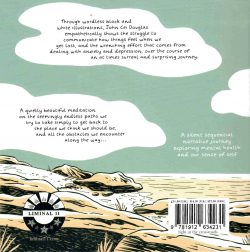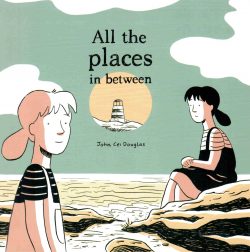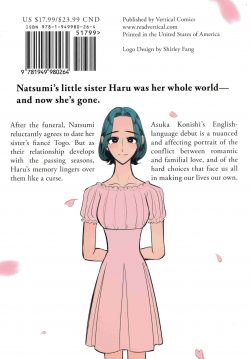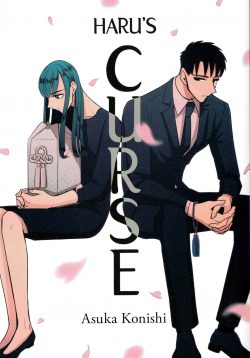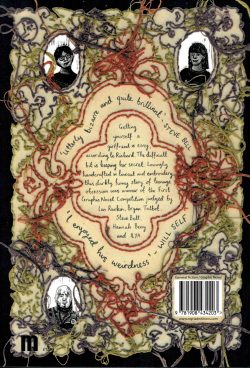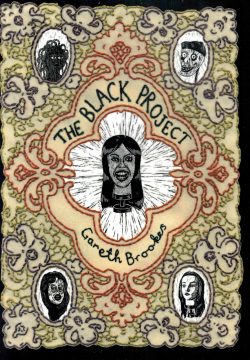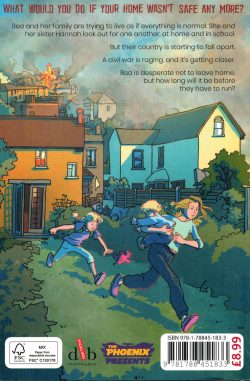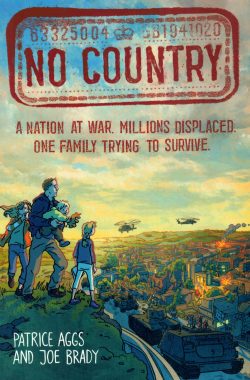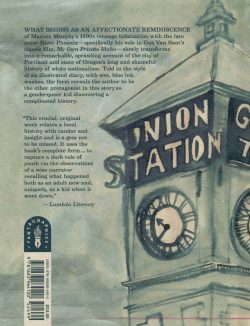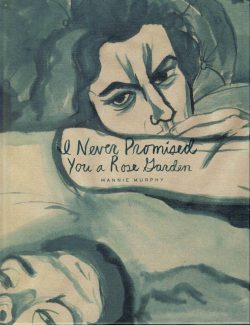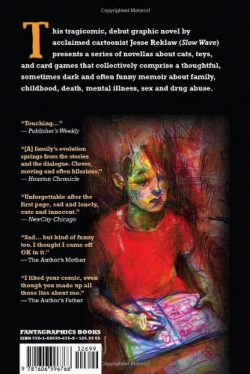
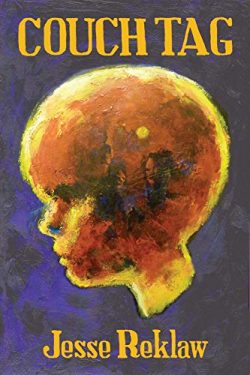
By Jesse Reklaw (Fantagraphics Books)
ISBN: 978-1-60699-676-8
In modern trend for graphic novels combining autobiography with a touch of therapy as they recount the lives of their authors is well established now, but once such “tragicomics†were a scarce but inviting commodity. Immensely appealing and frequently painfully unforgettable, they prove our medium fully capable of tackling the most contentious issues. One of the most moving and impressive came from veteran Indie cartoonist and mini comics self-publisher Jessie (Dreamtoons; Ten Thousand Things to Do; Lovf: An Illustrated Vision Quest of a Man Losing His Mind) Reklaw: who’s generated unmissable thought-provoking strips and stories since 1995 when he was working towards his doctorate in Artificial Intelligence.
Born in Berkley, California in 1971, he grew up in Sacramento before attending UC Santa Cruz and Yale, and his earliest publications – just like most of his modern output – delved into the phenomena and imagery of dreams. The experimental Concave Up led to syndicated weekly strip dream-diary Slow Wave, which uses readers’ contributions as the basis of the episodes. It ran from 1995 to 2012 in both printed periodicals and as a webcomic and is sorely missed.
His graphic autobiography is just as beguiling: a life reduced to brief vignettes serially grouped into 5 innocuous-seeming chapters which, through cleverly layered and carefully tailored reminiscences, describe Recklaw’s strangely unconventional (if not actually dysfunctional) family and personal struggle for stability.
Primarily crafted in monochrome wash, the history sessions begin with ‘Thirteen Cats of My Childhood‘ – which older readers will recognises from Houghton Mifflin’s Best American Comics 2006, where it was also published – wherein succinct and ferociously functional recollections of a succession of ill-starred family pets serves as a splendid and powerfully effective narrative conceit to introduce the far from ordinary Walker clan.
By following the brief lives of ‘Black Star’, ‘Frosty’, ‘The Triplets’, ‘Mischief’, ‘Figgy Pudding’, ‘Gene’, ‘Survivor’,‘Tiger’, ‘Boots’ and ‘Harry’, we see a family of decidedly alternative outlook whilst also relating the rules of the furniture-based children’s game which gives this book its title.
‘A Note About Names Part One’ follows, revealing more about the sensibilities of the author’s parents, after which ‘Toys I Loved’ continues the amazingly instructive anecdotes about formative influences, as games and playthings act as keys to memory in increasingly unsettling, discordant and disturbing tales beginning in infancy with cuddly toy ‘Ruff-Ruff’ and skipping through a childhood dotted with sibling rivalries and sporadic best-friendships.
Jess, Sis, Mom and “Daddy Bill†are all defined courtesy of ‘The Mask’, ‘Me’s’, ‘Blankie’, ‘Sprinkler’, ‘Play-Doh’, ‘Stretch Armstrong’, ‘Six-Million-Dollar Man’, ‘The Hulk’, ‘Firecrackers’, ‘Green Cup’, ‘Diecast Robots’, ‘Drawers’, ‘Comic Books’, ‘Action Figures’, ‘Dirt Pile’, ‘Doll House’ and ‘Barbies’, before the life-changing advent of ‘Dungeons & Dragons’…
‘The Fred Robinson Story’ details the potentially obsessive nature of teenage pranks with Jess and like-minded buddy Brendan – over a number of years – bombarding a complete stranger with a barrage of creative celebration; turning a random name in a phone book into the recipient of odd gifts and star of music and handmade comic books in ‘The Box’.
The lads develop their musical tendencies in ‘Los Angeles’ and penchant for creative vandalism in ‘Batsigns’, before returning to their lengthy cartooning crusade in ‘Fred Robinson X-ing’: relating how the prank publishing campaign mushroomed and Brendan’s girlfriend Kristin changes the status quo, after which Jess gets a ‘Letter from Norway’ and‘Better Fred’ reveals how things eventually ended…
‘The Stacked Deck’ recounts educational episodes and memorable moments resulting from the entire extended family’s passion for card games and tendency towards compulsive behaviour, as seen in ‘War’, ‘Go Fish’, ‘Spades’, ‘Pinochle’,‘Crazy Eights’, ‘Speed’, ‘Poker’, ’31’, ‘Rummy’, ‘Solitaire’, ‘Spite & Malice’ and ‘Ascension’…
Final chapter ‘Lessoned’ is delivered in a succession of distressed colour-segments: raw and disturbing pages of evocative collage and experimental narrative dealing out a unique tarot set of A-to-Z insights and disclosures, beginning with ‘Adults’, ‘Birth’ and ‘the Crash’.
Ranging between early days and contemporary times, the alphabetical summary and keen self-diagnosis continues with ‘Disease’, ‘Earache’, ‘Family’, ‘Gifted’, ‘Humor’ and ‘Invulnerability’, turning a corner towards understanding with ‘Joint’, ‘Kiersey Test’, ‘Legal Guardian’, ‘Melancholic’, ‘Number’ and ‘Obsession’.
After cleverly addressing the revelations of the author’s bipolar mood disorder and explosive determination to take control of his life by rejecting sickness and weakness, ‘Phlegmatic’, ‘Question’, ‘Role-Playing’, ‘Sanguine’, ‘Tests’ and ‘Unconscious’ carry the account to a new normal with ‘the Vandal’, ‘Walker’, ‘X-Mas’, ‘Yesterday’ and ‘Zero’.
Bleak yet uplifting, nostalgic and distressing, harsh and blackly funny, Couch Tag is a devastatingly moving account of coping with adverse heredity, sexual deviancy, social nonconformity and familial discord which I suspect could only be told in comics.
This is not a book everyone can like, but it’s definitely a story to resonate with anyone who has felt alone, odd or different.
And surely that’s all of us at some time…
© 2013 Jesse Reklaw. This edition © 2013 Fantagraphics Books, Inc. All rights reserved.
